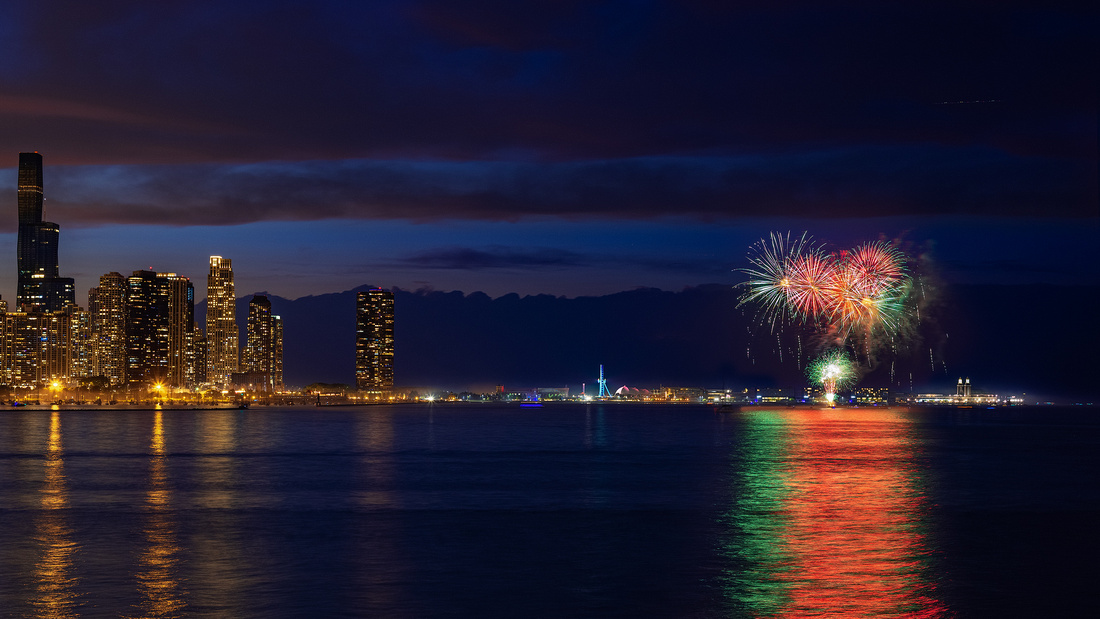July 2 or July 4?


“That these United Colonies are, and of right ought to be, free and independent States, that they are absolved from all allegiance to the British Crown, and that all political connection between them and the State of Great Britain is, and ought to be, totally dissolved.” Virginia delegate Richard Henry Lee’s resolution to Congress
Officially, the Colonies’ Second Continental Congress declared independence on July 2, 1776, when it adopted this resolution.
The Declaration of Independence draft was written by John Adams, Roger Sherman, Robert Livingston, Benjamin Franklin, and Thomas Jefferson. Congress made 86 changes and approved the document just two days later on July 4, 1776.
The Declaration wasn't actually signed until August 2. John Hancock, President of the Congress, signed first, in the middle, with an unmistakable flourish. The 55 others signed by state delegation in five columns arranged from the northernmost state (New Hampshire) in the upper left to the southernmost (Georgia) in the lower right.
July 2 or July 4?
Should Independence Day be July 2 or July 4?
John Adams thought July 2. In a letter to his wife Abigail, he wrote: “The second day of July 1776, will be the most memorable epoch in the history of America. I am apt to believe that it will be celebrated by succeeding generations as the great anniversary festival. It ought to be commemorated as the day of deliverance, by solemn acts of devotion to God Almighty. It ought to be solemnized with pomp and parade, with shows, games, sports, guns, bells, bonfires, and illuminations, from one end of this continent to the other, from this time forward forever more.”
Other Founders thought July 4, the day currently recognized as a federal holiday. And still other Founders thought “What Independence Day?” since the holiday wasn’t widely celebrated until many of them had passed away.
The late historian Pauline Maier said in her 1997 book, American Scripture: Making the Declaration of Independence, that no member of Congress recalled that it had been almost a year since they declared their freedom from the British. They finally remembered the event on July 3, 1777, and July 4 became the day that seemed to make sense for celebrating independence.
Maier also said that arguments over the how to celebrate the Declaration arose between the Federalists (of John Adams) and the Republicans (of Thomas Jefferson). The Declaration and its anniversary day weren’t widely celebrated until the Federalists faded away from the political scene after 1812. Interestingly, Jefferson and Adams both passed away on the Fourth of July in 1826.
On June 28, 1870, Congress created the first four Federal Holidays which included Independence Day on July 4.
Oooo…Ahhh…
Fellow photographer Jon Christofersen and I visited the Adler Planetarium spur Wednesday to photograph the Navy Pier fireworks. It was a gorgeous summer evening. Our large cameras attracted several tourists who handed us their phones asking us to take their pictures!
During prior visits, the fireworks were in front of the Pier. With that in mind, we set up for a timelapse. Unfortunately, the fireworks started going off east of the pier and out of the frame of our cameras.
We quickly panned our cameras to the east and captured the display. Later, in Photoshop, I moved my best fireworks frame to a location in front of Navy Pier. I normally don’t manipulate photos, but I decided to make an exception.
Thanks for looking and have a wonderful holiday weekend,
Chuck